Nirit Takele









Figurative artist Nirit Takele showcases the power of her people in all her work, bringing her imaginative concepts to life in vibrant color. The Ethiopian Israeli artist’s solo exhibition, The Space Between Us , is paradigmatic of her striking work. The exhibition is comprised of 14 pieces that reflect the chaos of the pandemic, the intricacies of protest and community, and the reality of the Beta Israel population. Takele draws not only from her experience as one of the 14,000 Ethiopians who arrived in Israel during Operation Solomon (a military initiative that transported thousands of Africans to Israel in 1991), but also from the issues that plague her culture to this day. There’s a holiness to her art, as she describes it. Ideas about gender, race, and the impact of femininity on modern culture are integral to her art, and she takes care to bring them to life while bringing awareness to the thousands of Ethiopians who reside in Israel today.
Vibrant backgrounds, muscled Black bodies, and bold folkloric patterns fill Takele’s canvases. The graceful, careening figures interact with one another in moments of simultaneous stillness and chaos—at one with their environment, moving yet motionless. The artist envisions the pieces being distanced from one another on a gallery wall, with plenty of white space separating the canvases. Takele seeks to captivate the viewer while allowing them the time to process each scene. There’s a sense of togetherness, paired with a marked disconnect between the subjects in her pieces. They are both close and far apart, she explains. Human Pyramid (Last Bloom in July) (2021), for instance, depicts a series of bodies intertwined in space; though visually connected, a sense of separation permeates the piece. No figure can be removed from the

group, yet the subjects seem not entirely comfortable with one another. Their interactions are laced with a tense awareness of their proximity and surroundings.
The namesake piece of Takele’s exhibition is The Space Between Us (2021), in which three Black bodies, limbs interlaced, move wordlessly through space. Then, there’s the Atmosphere Of Illusion Among Us (2021), which showcases five bodies dressed in vivid color. The artist describes this piece as the scene of a proposal; the subjects are touching, yet they aren’t looking at one another, at least not directly. On the left, a female figure clings to a man other than the one reaching for her. “It’s like they want somebody, but at the same time, they see somebody else,” Takele says. “It’s circular.” The viewer is left captivated by the idea that a human can be in such close physical proximity yet entirely disconnected. We don’t see the subjects’ eyes, yet the work is intimate and emotional. The proposal is empty, the artist explains, because there is a transfer of energy apparent in the woman clinging to a third party. Our relationships are fluid, ever-changing, and often, imbalanced.
Power. Takele showcases the power of Beta Israel in every piece. She enjoys working in acrylic paint, which dries quickly and allows her to achieve the simultaneous specificity and abstractness that she aims to convey. She carefully and dynamically incorporates muscled figures into her canvases, their individuality belying the fact that the figures are not based on real people. Each is a product of the artist’s imagination, yet she feels intimately familiar with them. They share Takele’s background; often, they wear Ethiopian fabrics. “They’re Ethiopian, but it’s not a specific person,” she says. “They’re from my mind.” She brings them to life with large, chiseled frames, capable and strong, imbuing them with the metaphorical power of her people. While Ethiopians are typically of small frame (“very gentle, very tiny,” the artist adds), the artist aims to convey a sense of empowerment to the world.
Ultimately, Takele is using her role as an artist to help shape the way the public views Ethiopian Jews in Israel. Far too often they are associated with violence, with protests, with negative images that go against the community she knows so well. By giving them a voice rooted in complexity and reality, the abstractionist painter reclaims—and therefore rebuilds—this community’s image, encouraging the viewer to consider all the different facets and experiences of her people. Her role, Takele explains, is to build their image the right way—to show all that they have
to offer. The artist believes the public must begin to acknowledge those communities that have slipped through the cracks of our society. Hollywood has already begun to seek redress—to shed light on those it once ignored.
Notably, Takele clarifies that rather than representing something herself, rather than speaking as a famous Ethiopian artist in Israel or as a semi-public figure in the greater world, she hopes to share her overall perspective. The artist is careful to not speak on behalf of others, so she strives to give voice to the figures from her imagination, infusing them with elements of her past, of her childhood, and of Ethiopian Judaism in general—all through her own authentic lens.
Takele was the only Black student in her art courses at Shenkar College; most of her peers were unfamiliar with Ethiopia, and the Beta Israel population was just as foreign to them. The artist says that “particularly when the only dark figure they are exposed to in the art studies is portrayed as a secondary figure and in the roles of a servant or slave,” she developed and overwhelming desire to reclaim the narrative and to shed light on her people.
Thus, the figurative nature of her work leaves much to the imagination, all while honoring the power of her people. The dark skin of her subjects is meant to disrupt the Israeli art space, and Takele accomplishes this with flying colors. She doesn’t draw inspiration from photos or observations, but rather from imagining the exact scene she hopes to create. Her process is fascinating: Takele uses string to form grids on her canvases instead of sketching outright, thereby creating clean, vivid lines. There is no paper involved in this early stage of her process—only thread—and so she weaves, creating squares that she removes with ease later on. From there, she sketches what remains in gray pencil and paints refined scenes in rich colors. She considers which hues she wants to dominate, how she intends to bring the image to life, and how to leverage the space in a near-sculptural manner. The depth of the artist’s work is palpable and striking; throughout, she plays with dimensionality, using graceful lines and abstract shading to build lively, colorful figures on the canvas.
Charles Moore has published work on the subject of contemporary arts and related topics on Artnet, Artsy, and Cultured Magazine, and many other places. Based in New York City, he graduated from Harvard University and currently a doctoral student at Columbia University.
Human Pyramid (Last Bloom In July) , 2021
Acrylic on canvas
210 × 165 cm


Untitled III (Sitting In Square Space Series) , 2021
Acrylic on canvas
100 × 100 cm
Meeting Again , 2021
Acrylic on canvas
130 × 165 cm
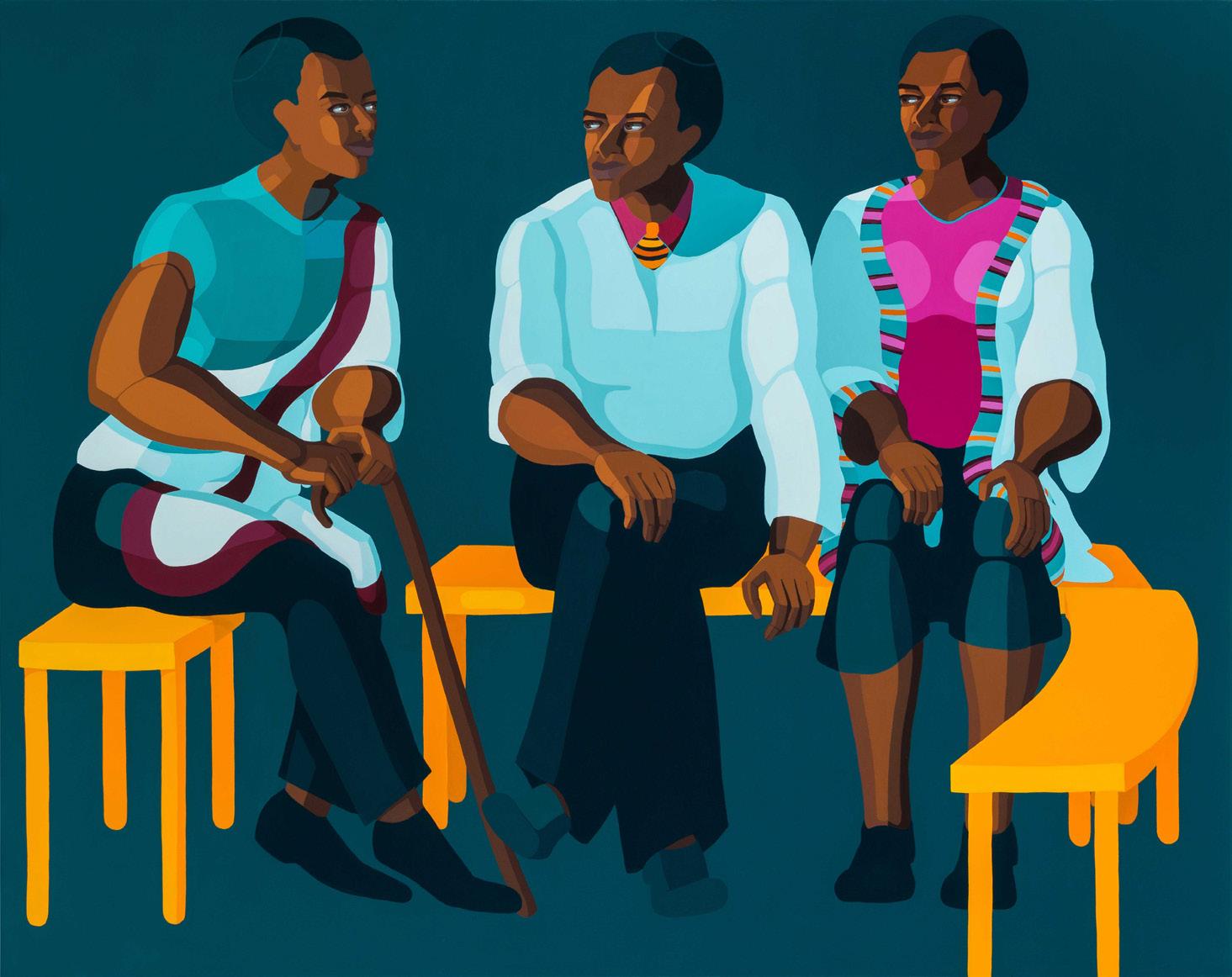

Man Sitting On Yellow Sofa , 2021
Acrylic on canvas
150 × 120.5 cm
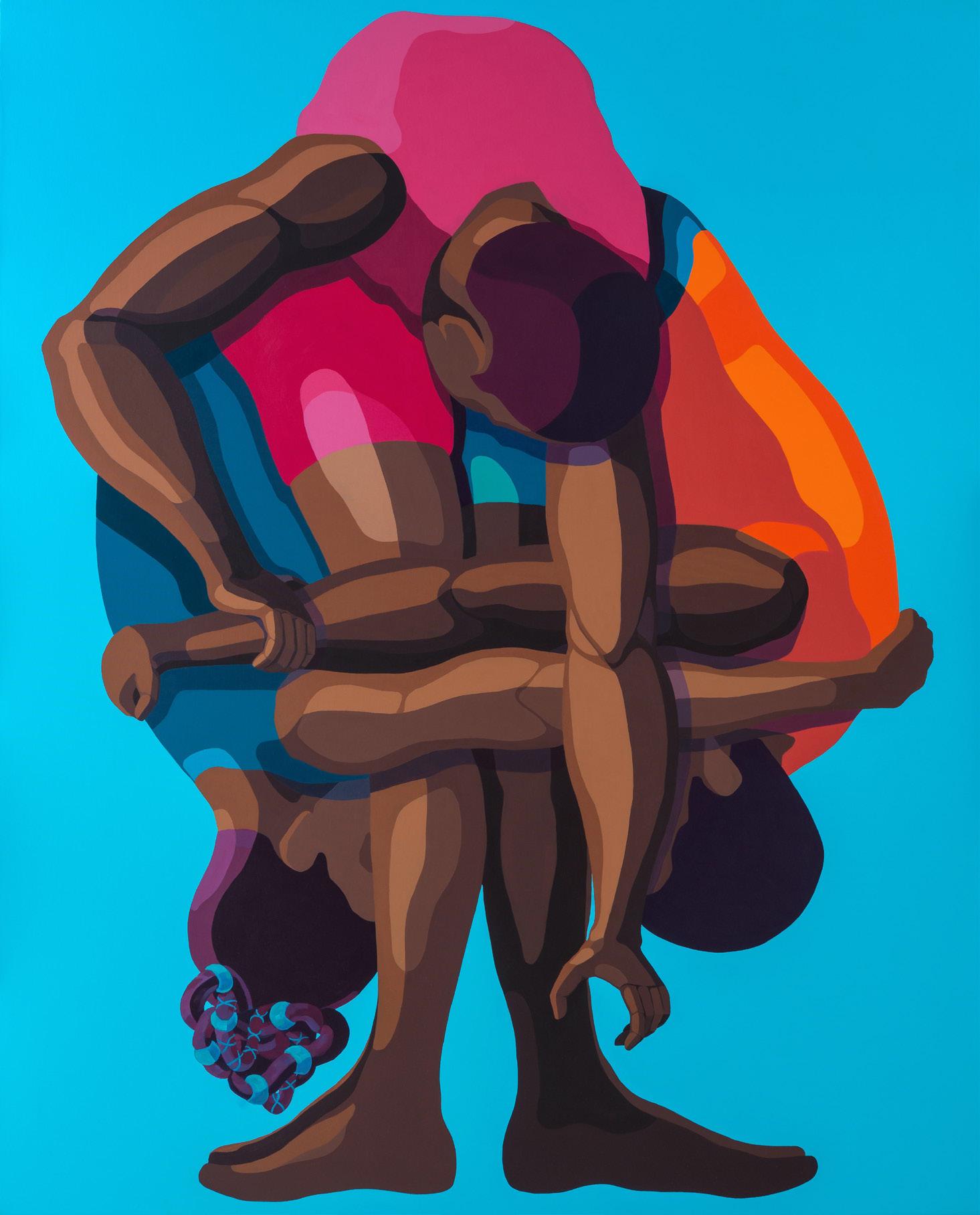

Strong Woman Sitting In Square Space , 2021
Acrylic on canvas
150 × 150 cm
Connected , 2021
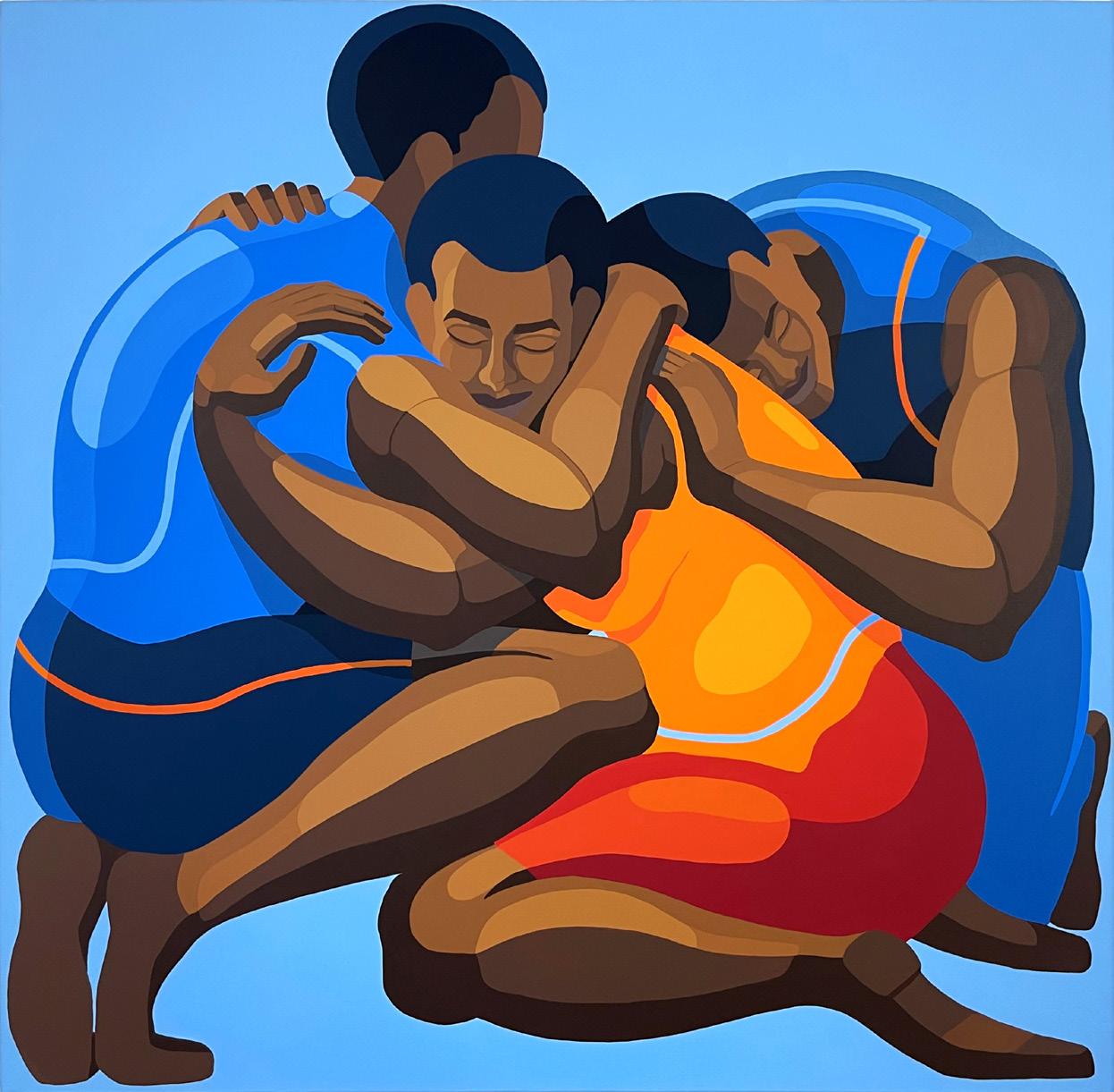

Acrylic
80
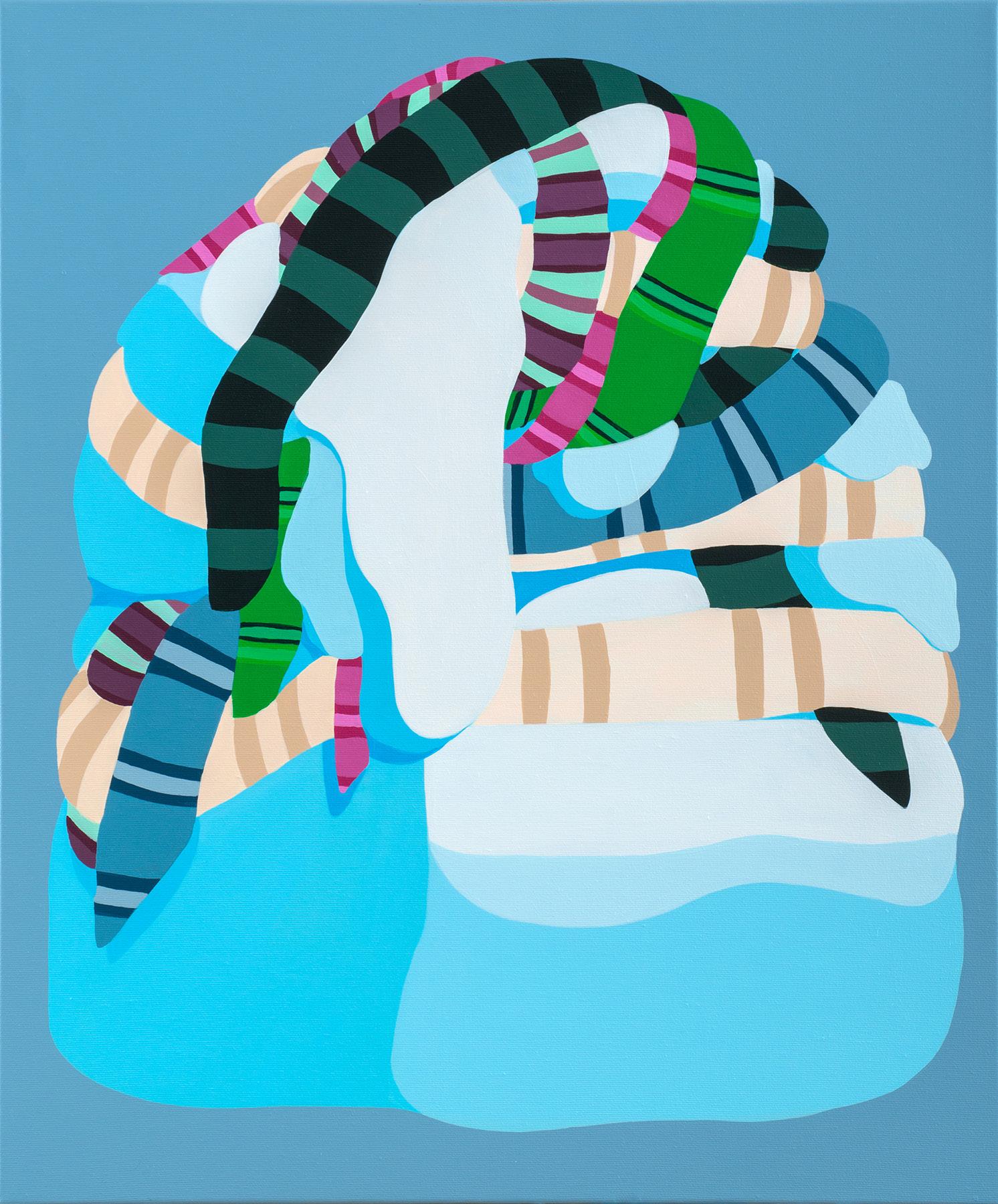



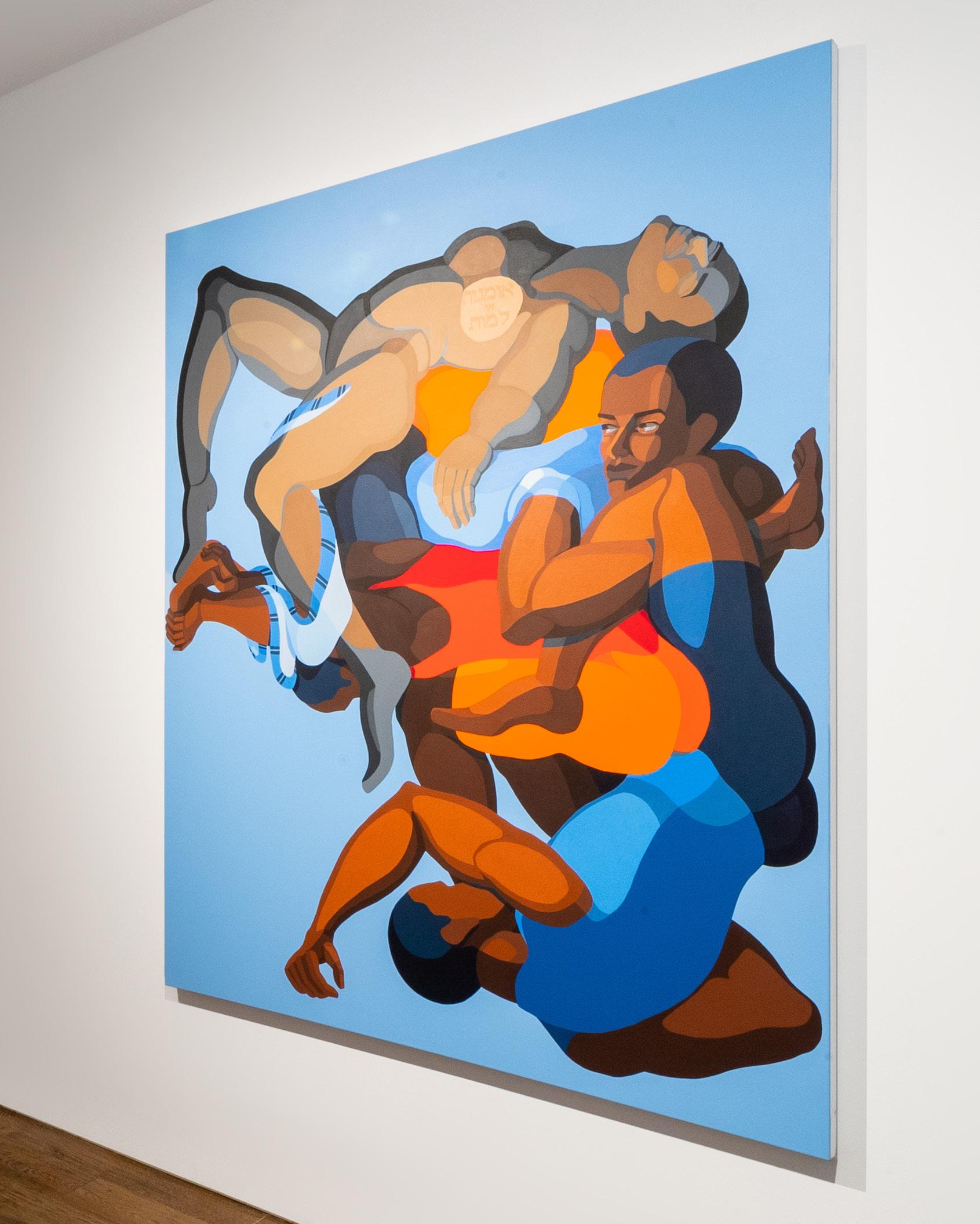
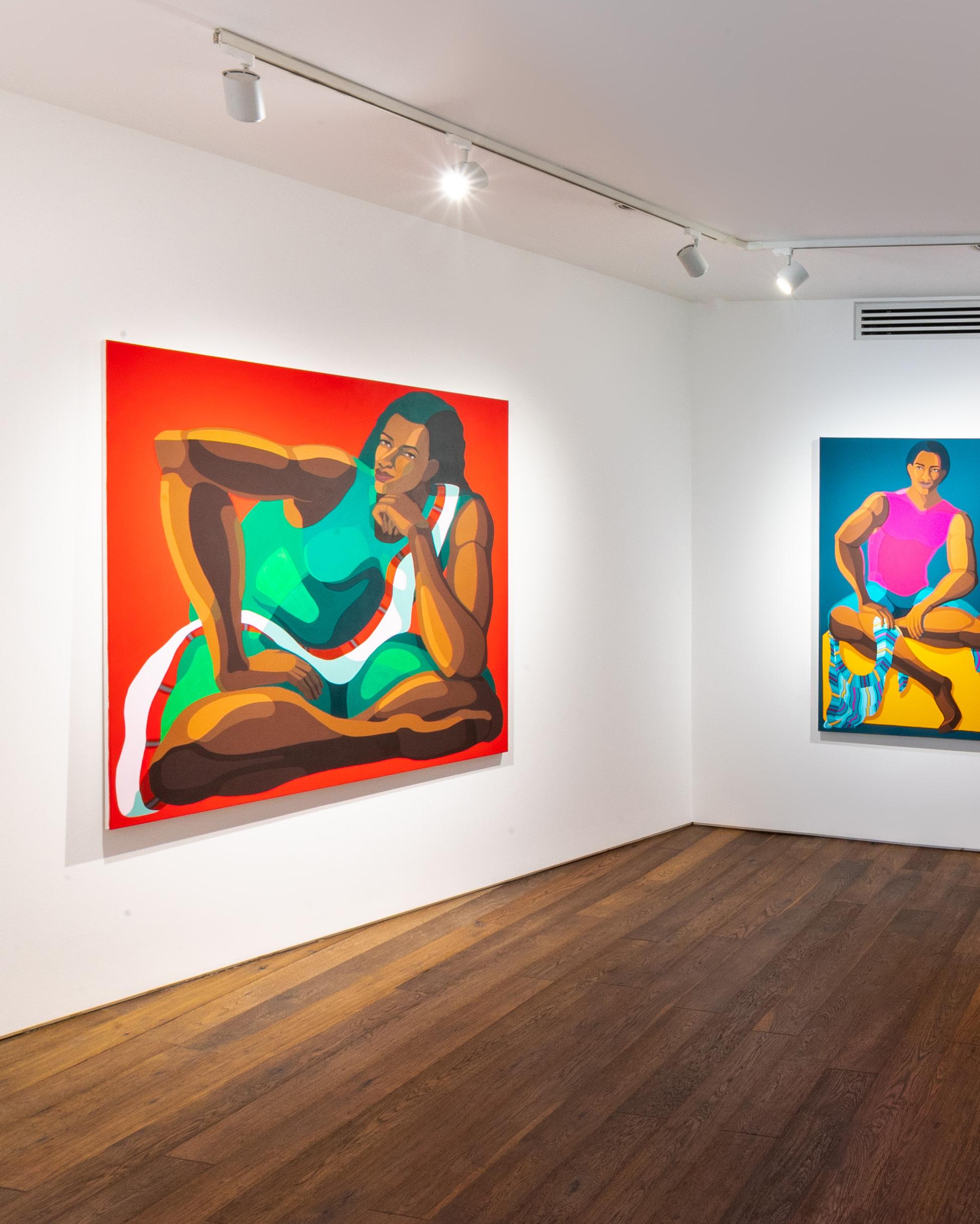



In 2016, Rakeb Sile and Mesai Haileleul co-founded Addis Fine Art, creating the first white-cube gallery space for modern and contemporary art in Ethiopia. Described as one of the “Most Important Young Galleries in the World” (Artsy 2019), the gallery has since then grown to become one of the leading galleries in Africa, establishing a prominent international platform for artists from the Horn of Africa.
In October 2021, Addis Fine Art London moved into expanded premises in Eastcastle Street, opening a two-storey gallery space in the heart of Fitzrovia. The London gallery programme will encapsulate Addis Fine Art’s commitment to heightened international exposure for, and critical reappraisal of, African art on the world stage. The gallery’s Addis Ababa space will continue to be an incubator for emerging talent, facilitating critical engagement within the local market and encouraging the growth and development of the artworld ecosystem on the continent. The gallery will also serve as a space for artists from the diaspora to return to the continent and share and develop their practice.
Published by Addis Fine Art on the occasion of Nirit Takele The Space Between Us
8 – 30 October 2021
Addis Fine Art
21 Eastcastle Street
London W1W 8DD
© 2022 Addis Fine Art
Credits: Kate Kirby
Ikenna Malbert
All images © 2022 Nirit Takele
Text © 2022 Charles Moore
Artwork and studio photography: Daniel Burman
Installation photography: Lucy Emms
All Rights Reserved. No part of this publication may be reproduced, stored in a retrieval system, or transmitted, in any form or by any means, electronic, mechanical, photocopying, recording, or otherwise, without the prior written permission of Addis Fine Art
Designed by Lucy Harbut
Printed by Dayfold

